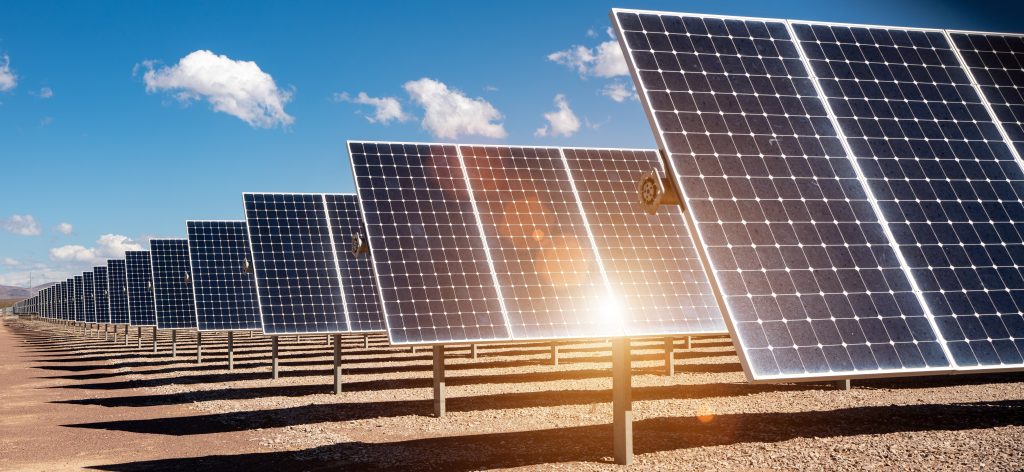Researchers from the King Abdullah University of Science and Technology (KAUST) have created a comprehensive strategy for bringing perovskite/silicon tandem solar cells to the market. This significant breakthrough is aimed at making renewable energy more cost-effective and is in line with the Kingdom of Saudi Arabia’s ambitions for solar power.
The innovative approach combines the high-efficiency light harvesting of perovskite materials with the proven stability of silicon, breaking records in energy conversion efficiency. In 2023 alone, the technology set five world records, showcasing the rapid progress in the field.
The newly presented plan outlines the necessary steps to transition from laboratory achievements to real-world applications. It stresses the need for rigorous environmental testing and accelerated aging experiments to ensure the cells’ performance and durability, which are crucial for competitive pricing and warranty offers.
The existing challenges, such as the costs of materials and the potential risks of using hazardous chemicals, are directly addressed. The strategy advocates for innovative manufacturing techniques aimed at reducing expenses and enhancing safety.
Professor Stefaan De Wolf, who leads the project, projects that the market for these tandem cells could surpass $10 billion within the next ten years. He highlights KAUST’s proactive stance in the renewable energy sector with the goal of making clean energy widely available.
